Historia de rincon: Transfondo Histórico – Rincón, PR
Transfondo Histórico – Rincón, PR
ORIGEN DEL NOMBRE
El nombre de Rincón fue escogido en honor a Don Gonzalo de Rincón. Esto como muestra de agradecimiento de parte de las personas que vivieron en este pueblo para el año 1770. Según la historia para los años 1520 al 1523 en el pueblo operaba un ingenio azucarero, específicamente en el Barrio Calvache propiedad de Don Tomás Castellón y llamado El Ingenio de San Juan de las Palmas o el Bohío de Azúcar. Éste fue el primero y único en su clase. Don Tomás también tenía una hacienda con alrededor de 100 esclavos y con dos mayordomos, uno de ellos y el favorito Gonzalo de Rincón. Don Tomás al morir dejó en su testamento a Don Gonzalo de Rincón como uno de sus herederos favoreciéndolo con tierras y 150 pesos de oro.
Algunos historiadores creen que Don Gonzalo poseía las tierras en donde actualmente está el Pueblo y que éste permitió que algunas familias pobres construyeran allí. Este sector es conocido como Cerro de los Pobres.
Don Pablo de Arroyo, con el respaldo de muchos vecinos solicitó el 27 de agosto de 1770 una licencia para fundar un pueblo con el nombre de Santa Rosa de Rincón en honor a quien permitió a personas vivir allí. Luego se convierte en Rincón.
FUNDACIÓN DEL PUEBLO
El pueblo de Rincón fue fundado durante el gobierno del Coronel Miguel de Muesas. En el 1770 se solicita la fecha para fundar un pueblo con el nombre de Santa Rosa de Rincón. La fecha específica de su fundación no se conoce, pero según historiadores fue entre estas dos fechas: el 27 de julio de 1771 o el 30 de agosto del 1772. En ese entonces el pueblo consistía de 210 familias.
Según historiadores, para el 1831 el pueblo pertenecía a Aguada y estaba constituido por 5 barrios: Atalaya, Calvache, Cruz (Cruces), Río Grande y Pueblo. Para el 1878 los barrios se dividen y se forman 9 barrios: Atalaya, Calvache, Barrero, Jagüey, Puntas, Ensenada, Río Grande, Cruz (Cruces) y Pueblo.
En el 1902 Rincón era un Municipio anexado a Añasco y estuvo de esta forma hasta 1905 cuando la Legislatura revocó la Ley aprobada en 1902 y se constituye de nuevo como municipio con los mismos límites y organización territorial que tenía antes de ser anexado a Añasco.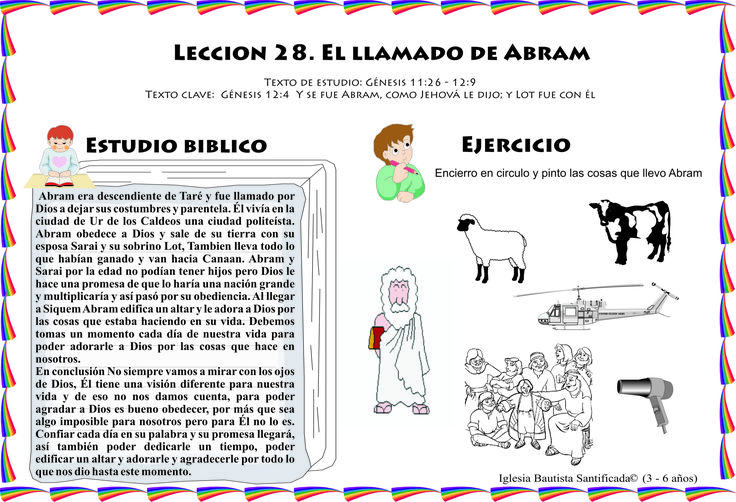
DATOS RELEVANTES
- En Rincón se celebró el primer matrimonio civil en todo Puerto Rico en el 1894.
- Las Fiestas Patronales de Rincón se celebran en el mes de agosto en honor a Santa Rosa de Lima.
- El “Festival de la Ballena” se celebra durante el mes de marzo en el estacionamiento del Faro, para festejar el paso de las ballenas.
- El Tríalo Rincoeño es un evento deportivo reconocido mundialmente, donde atletas de todo el mundo vienen a competir para obtener puntos en las Olimpiadas. Se celebra el segundo domingo del mes de junio.
- Su población actual es de 15,200, con una población flotante de más de 125,000 personas.
- Reconocido mundialmente por tener atractivas playas, donde se practica el deporte del “surfing”.
- Se reconoce a Rincón como el “Pueblo de los Bellos Atardeceres” y “Capital del Surfing”.
POBLACIÓN
Rincón se compone de 9 barrios.
Barrios | Cantidad de habitantes |
|
|
Población total (Censo 2010): 15,200 Habitantes | |
Densidad Poblacional – 410 habitantes por kilómetro cuadrado (1,055.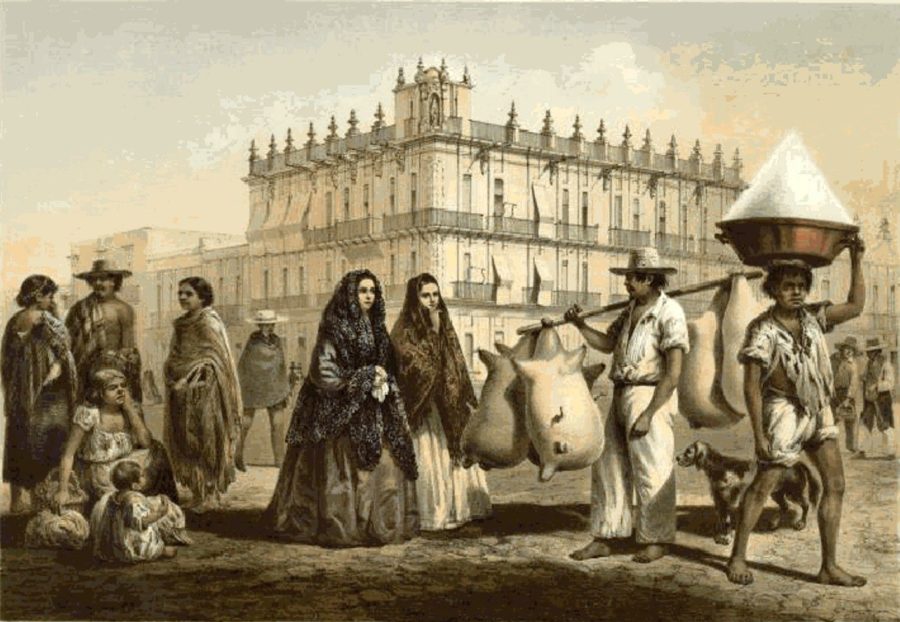 55) habitantes por millas cuadrada (Según Censo 2010).
55) habitantes por millas cuadrada (Según Censo 2010).
Población en Rincón a través de las décadas:
Municipio | 1930 | 1940 | 1950 | 1960 | 1970 | 1980 | 1990 | 2000 | 2010 |
Rincón | 8178 | 9256 | 9888 | 8706 | 9094 | 11,789 | 12,213 | 14,767 | 15,200 |
ECONOMÍA
La economía de Rincón en sus principios giraba en torno a la agricultura, específicamente el cultivo de la caña de azúcar.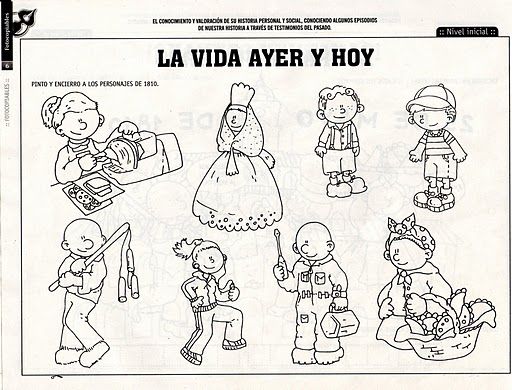 Rincón contó para el 1520-1523 con una central azucarera llamada San Juan de las Palmas o el Bohío de Azúcar, propiedad de Don Tomás de Castellón (una de las primeras centrales en PR) y para el 1885 La Hacienda Córcica, propiedad de Alfredo Raffucci.
Rincón contó para el 1520-1523 con una central azucarera llamada San Juan de las Palmas o el Bohío de Azúcar, propiedad de Don Tomás de Castellón (una de las primeras centrales en PR) y para el 1885 La Hacienda Córcica, propiedad de Alfredo Raffucci.
El comercio también ocupó un lugar importante dentro de la economía del pueblo. En 1950 llegan las industrias textiles y le fueron ganando terreno a la agricultura.
Ya para la década del 60 se comienza a practicar un nuevo deporte en nuestras playas, “el surfing”. En el 1968 se celebra en Rincón el Primer Campeonato Mundial de Surfing y luego de este evento Rincón es reconocido por tener unas de las mejores playas para practicar este deporte y muchos extranjeros desde entonces nos visitan. Debido a la gran cantidad de extranjeros que nos comenzaron a visitar, muchos residentes comenzaron a habilitar cuartos para alojar a los “surfers”y es desde ese momento que la industria del turismo comienza a evolucionar hasta que se convierte en la principal industria de nuestro pueblo.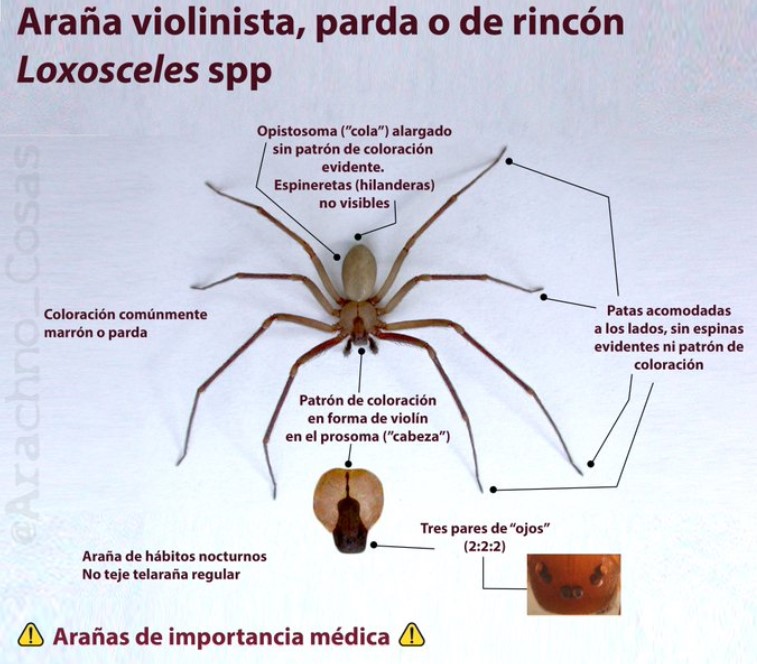
RECURSOS NATURALES, AGUA Y SUELO
Rincón al estar ubicado en la costa de Puerto Rico cuenta con una gran variedad de playas con aguas claras, limpias y refrescantes. Contamos con una gran variedad de corales y vida marina. Nos encontramos ubicados en la región de los valles costaneros y por esto posee suelos aluviales muy fértiles, la mayor parte del terreno es uno de tipo montañoso. Rincón cubre una superficie de 14.4 millas cuadradas (9338 cuerdas), es el más pequeño del área oeste. Según estudios realizados por el Servicio de Conservación de Suelos del Departamento Federal de Agricultura nuestros suelos se clasifican en tres: Asociación de alturas calizas (buen drenaje, calcáreos y moderadamente permeables), Asociación de llanos inundables (suelos profundos, desagüe pobre, ligeramente ácidos y moderadamente permeables) y Asociación de alturas volcánicas (son la mayoría en la Municipalidad de Rincón).
Los recursos de agua de Rincón son limitados. Estos se componen de algunas quebradas que fluyen hacia el mar: Quebrada Los Ramos, Quebrada Río Grande de Calvache, Quebrada Caño Carrero, Caño García y ríos.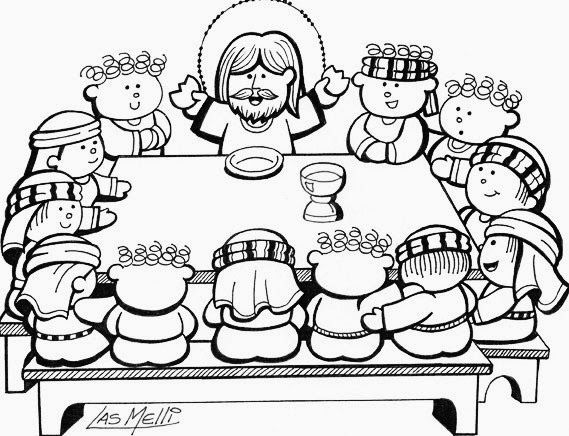 El río de mayor importancia es el Río Grande (nace en las montañas de Cruces, Río Grande de Rincón y Cruces de Aguada).
El río de mayor importancia es el Río Grande (nace en las montañas de Cruces, Río Grande de Rincón y Cruces de Aguada).
NUESTRAS PLAYAS
Nuestro principal atractivo natural son nuestras playas. Estas son utilizadas para practicar el deporte del “surfing”, “snorkeling”, para bañarse en ellas, o simplemente para tomar el sol. Las playas más reconocidas en Rincón para practicar el “surfing” lo son: Tres Palmas (olas grandes cuando hay mal tiempo, peligrosa para los principiantes), “Domes” (entre el Faro y la Planta Nuclear, de las más visitadas por los surfers), “Pools”, María y “Sandy Beach”. Entre las más utilizadas por los bañistas se encuentran: Playa Los Almendros (en el Barrio Calvache), Playa Córcega (en la Comunidad Stella) y El Balneario (en el Bo. Pueblo, tiene bohío para actividades). Para el deporte del “snorkeling” se encuentran: “Steps” (en el Bo. Ensenada), El Desecheo y El Balneario.
COMIDA Y DULCE TÍPICO
Aún no se ha adoptado un plato típico, pero lo que sí es seguro es que en nuestras casas uno de los platos favoritos y más consumidos es el pescado fresco.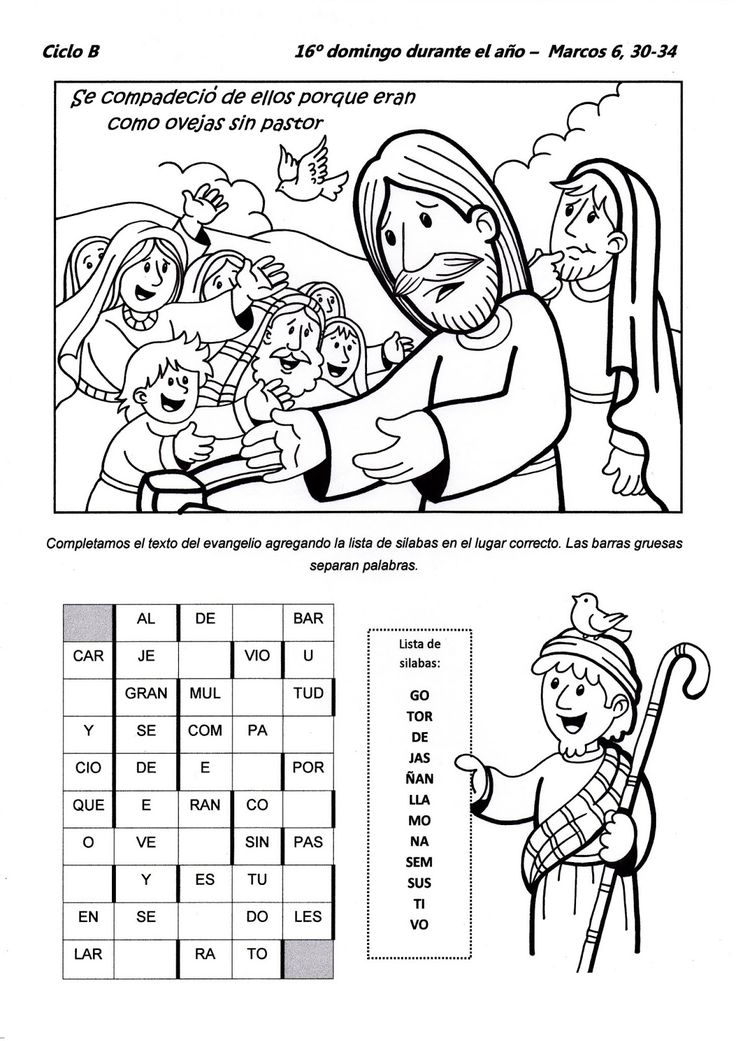
Como dulce típico tenemos el Turrón de Coco, confeccionado originalmente por la Sra. Eudocia Mercado (Losa) y que ahora continúa la tradición su hijo Raúl junto a su familia.
COSTUMBRES
Como costumbre Rincón posee una de las más raras de Puerto Rico, el anunciar por las calles con altoparlantes el fallecimiento de sus ciudadanos. Era ejecutada originalmente por Juan Quiñones desde los años 50.
ALCALDES QUE HA TENIDO EL PUEBLO
| Antonio Villamil (1799) | Marcos González (1800) |
| José Díaz (1812) | Félix Arroyo (1813) |
| Pedro García (1814) | Marcos González (1815) |
| Pedro García (1817) | Diego Carrera (1818) |
| José Osorio Caro (1820) | Pedro García (1820) |
| Bartolo del Valle (1821) | Pedro A.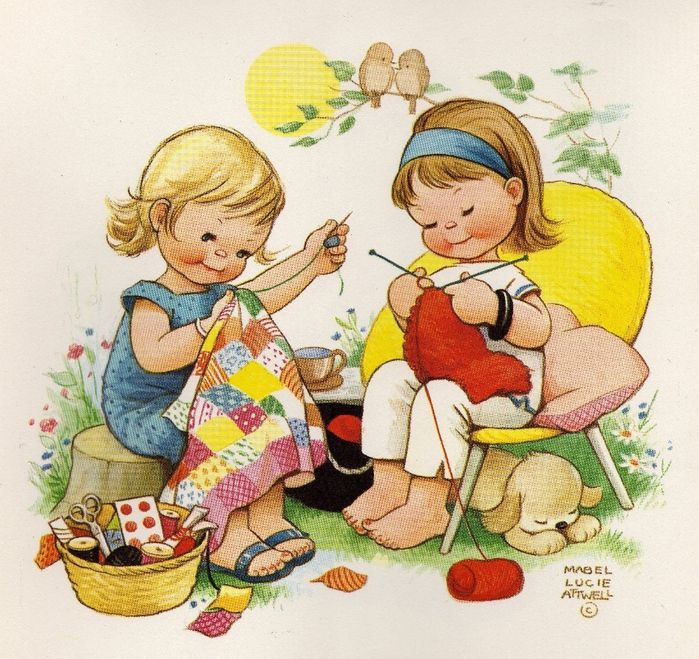 Carrero (1822) Carrero (1822) |
| Francisco A. Moreno (1822) | Felix Arroyo (1823) |
| Pedro del Río (1823) | Pedro García (1824) |
| Bartolo del Valle (1825) | Jaime Cedó (1825) |
| José de Paula Vázquez (1827) | Antonio de Vega (1832) |
| José Antonio Espinet (1837) | Martín Ramos (1838) |
| Miguel de Polidorio (1840) | Andrés Ríos (1841) |
| Pedro de la Xara (1842) | Luis Paz (1846) |
| Tompa Rodrigo (1847) | J. A Rodríguez (1847) |
| Pedro de la Xara (1848) | Juan de la Cruz Coca (1849) |
| Fernando Nuñez (1851) | Pedro de la Xara (1851) |
Juan R.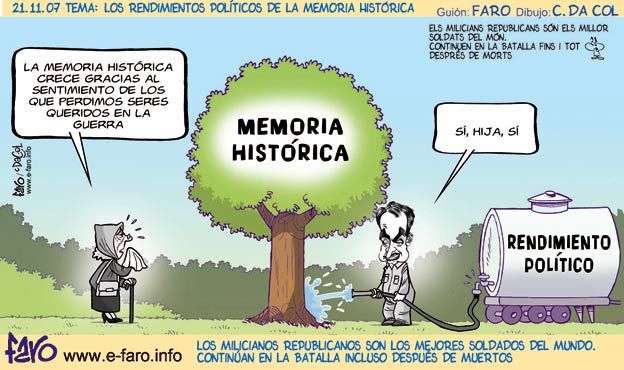 Calderón (1852) Calderón (1852) | Luis Chiesa (1864) |
| José M. Acevedo Segundo (1864) | Echeveste (1864) |
| Luis Chiesa (1865) | Salustiano Sierra (1866) |
| Manuel Ramos (1868) | Carlos Cavarin (1868) |
| José Antonio Arrillaga (1869) | Fernando Arce (1870) |
| Eladio Saldaña (1871) | Juan B. Oller (1872) |
| Benito Cupierno (1873) | Manuel Politoni (1875) |
| José Echeandia (1876) | Santiago Santoni (1880) |
| Víctor Cumpiano (1894) | Carlos González (1902) |
| Alfredo Raffucci (1915) | Carlos González, hijo (1937) |
Rafael J. Hernández Carlo (1943) Hernández Carlo (1943) | Manuel A. García (1947) |
| Ramón Amáez Ríos (1967) | Ceferino Caro Ramos (1978) |
| Rubén Caro Muñiz (1993) | Carlos D. López Bonilla (2001) |
PUERTO RICO ISLA DEL ENCANTO
FUNDACION
Rincn se fund como pueblo entre los aos 1770 y 1772. Algunos historiadores sealan
el 27 de julio como la fecha oficial de su fundacin, otros designan el mes de agosto de
1772.
ORIGEN
En el siglo XVIII don
Pedro Arroyo fund el pueblo bajo el nombre de Santa Rosa de Rincn, en
honor al mayordomo predilecto de don Toms Castelln.
PATRON DE PUEBLO
Santa Rosa de Lima
COGNOMENTO
El pueblo de los bellos atardeceres y la Pennsula de Puerto Rico
GENTILICIO
rinconeos
Sorry, your browser doesn’t support Java(tm).
ESCUDO
El escudo consta de un blazn espaol en colores
verde y anaranjado, formando un tajado y una banda
amarilla, inclinada de izquierda a derecha en color
amarillo, formando un terciado del tajado.
A la derecha y en fondo verde se encuentra la figura
de una cruz, smbolo de cristiandad. Al la izquierda y
en el fondo anaranjado se encuentra la figura de la
nave espaola smbolo del descubrimiento de Puerto Rico, en las costas de Rincn.
El cintillo conel nombre de Rincn y la corona representa un castillo medieval espaol son
figuras que adornan el escudo. El cintillo tiene en su superficie el nombre del
Municipio de Rincn, y debajo de ste la fecha de su fundacin: 1770. La corona
representa la designacin de pueblo.
BANDERA
La bandera de nuestro pueblo fue aprobada por la
Asamblea Municipal el 28 de septiembre de 1973.
Est bordada con los colores rojo, amarillo,
anaranjado y verde. El tringulo tiene una estrella
blanca de cinco puntos en su centro que representa
la zona urbana. Tiene adems nueve estrellas de igual tamao en color blanco que
representan los nueve barrios del municipio. El color rojo y el anaranjado simbolizan el
vigor y la vitalidad del pueblo.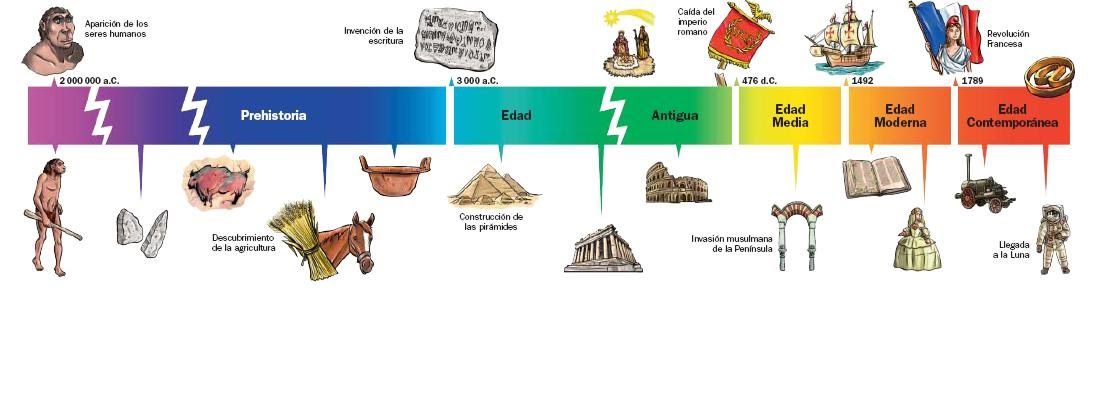
El amarillo representa la cristiandad. El verde la vegetacin y la esperanza de progreso
del municipio. Finalmente, el blanco representa la pureza e integridad entre los barrios y
la zona urbana.
Para ver la bandera de RINCN
Pulsa Aqu
HIMNO
Autor: Conrado Rodrguez
Rincn es mi pueblo querido
yo amo su cielo y su mar,
son verdes sus campos floridos
con brillo de sol tropical.
Las bellezas de sus montaas
son cual bendiciones de Dios.
Sus flores, su brisa y sus caas
son gratos mensajes de amor.
Rincn, Rincn yo quiero
en tus playas vivir.
Rincn, Rincn yo quiero
en tus playas morir.
BARRIOS
Fuente: | |||||||||||||||||||||||||||||||||
ALGUNOS DATOS
El origen del nombre de Rincn se remonta a principios del siglo XVI. Ya para 1520
aproximadamente operaba un ingenio azucarero en las costas de lo que hoy se conoce
como Calvache, propiedad de don Toms de Castelln, hijo de don Befaldo Castelln y
doa Ins Surez. Este ingenio azucarero, conocido como San Juan de Las Palmas, fue
el primero en utilizar fuerza hidrulica para moverse. Los viajeros que se acercaban a
estas costas para visitar la villa de San Germn, a unas tres lenguas de este ingenio, se
referan a l como el boho de azcar.
El seor Castelln tambin posea una hacienda –Santiponce– y un hato de ganado y de
yeguas en el lugar determinado como el Valle de Oturao. En estas propiedades trabajan
unos cien esclavos e indios bajo la direccin de dos mayordomos: don Sancho de
Archas y don Gonzalo de Rincn. Cuenta Fray Diego de Hierro, sacerdote de la villa de
San Germn, que en una ocasin don Toms de Castelln se enferm mientras visitaba
uno de sus hatos de la zona interior y hubo que colocarlo en una balsa para cruzar el ro
Culebrinas y luego transportarlo en una hamaca hasta su residencia. Poco tiempo
Poco tiempo
despus de morir se descubri que el rico hacendado haba preparado su testamento y
favorecido generosamente a su mayordomo preferido don Gonzalo Rincn, que para este
tiempo contaba con veinticinco aos. El ingenio no dur mucho tiempo bajo el mando de
don Gonzalo, ya que fue destruido para el ao 1528. Se cree que fue incendiado por
soldados franceses — la misma desgracia que sufriera la villa de San Germn– aunque
algunos historiadores sostienen que los indios Caribe fueron los causantes de la
devastacin. El recuerdo del ingenio, sin embargo, prevaleci a travs del tiempo. Los
pobladores transmitieron la historia de sus hijos oralmente, de ah que En el siglo XVIII don
Pedro Arroyo optara por fundar el pueblo bajo el nombre de Santa Rosa de Rincn, en
honor al mayordomo predilecto de don Toms Castelln.
Esta costa oeste del Pas, fu la primera conocida por los espaoles y la primera
que se intent colonizar. Esto debido a su proximidad a la isla La Espaola. Tambin fue
importante para la poblacin tana pues se mantena alejada de sus enemigos los caribes
y cerca de sus relacionados racial y comercialmente en Quisqueya.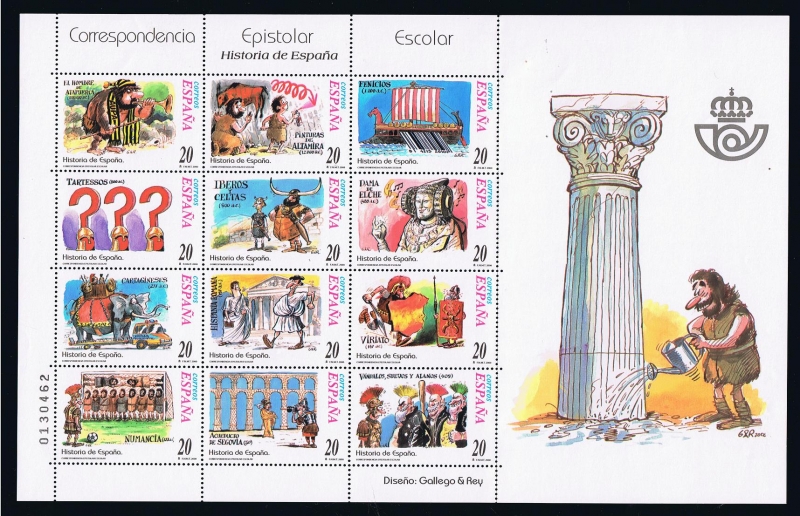
Aguada era ya un poblado en 1590 permanentemente, en una ocasin estuvo aqu el
poblado de Sotomayor y tambin el San Germn de antes de las Lomas de Santa Marta.
Rincn se desprendi de Aguada y se organiz como municipio en 1770. Cuando Abbad
y Lasierra pas por aqu aproximadamente para el 1776 describi a Santa Rosa del
Rincn diciendo que era un pobre poblado de 1,130 almas desperdigadas por la zona. El
pueblo tena once casas y una pequea iglesia.
Ya para el 1828 el municipio tena una poblacin de 4,256 habitantes con 53 casas y 516
bohos. Durante esos aos su territorio pas por varios reajustes con sus vecinos.
El municipio de Rincn se fund en el 1871, pero otros dicen que fue en el 1872 y originalmente
se le llam Santa Rosa de Rincn. La iglesia del pueblo fue construida en el 1789, su nombre fue
en honor a Santa Rosa de Lima.
Aguadilla se separ de Aguada en el 1778 y se convirti en un municipio independiente.
del que dependera Rincn , a partir de 1878, militar y judicialmente.
En
1878 segn Ubeda y Delgado, tena el pueblo cinco calles, un callejn y una travesa que
era el paso hacia sus pueblos vecinos en la costas.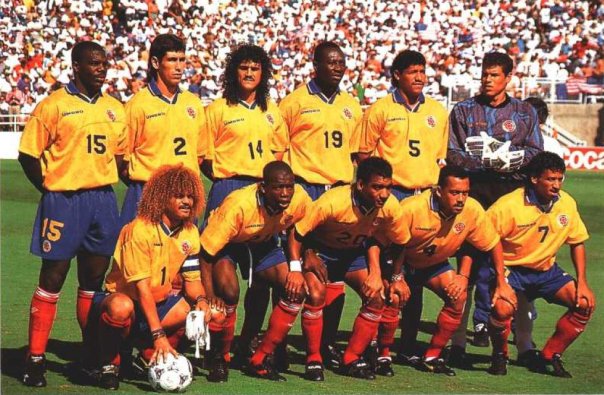
Al cambio de soberana en 1899 tena 6,641 moradores. Tres aos despus por razn de
su mala situacin econmica fue anexado al municipio de Aasco. Agraciadamente en
1905 la ley fue revocada y Rincn recuper su posicin de municipio con el mismo
territorio anterior.
En 1918 este municipio como todos los de la costa oeste sufri los embates del terremoto
ocurrido ese ao. Este da su iglesia parroquial y otros edificios pblicos y privados.
Los huracanes San Felipe y San Ciprin se dejaron sentir pero no tan fuertes como en las
partes centrales del Pas.
Para el ao de 1950 la poblacin de Rincn haba subido a 9,888 personas, pero para la
prxima dcada baj a 8,706, lo mismo ocurri en muchos otros municipios debido a que
empez a declinar la agricultura y hubo un gran xodo hacia el Area Metropolitana y hacia
los EE.UU. En el censo de 1990 obtuvo una poblacin de 12,658 habitantes,
clasificndose como el nmero 72 entre los municipios en ese rengln.
Domingo Bonet Santos
Senador y fugura prestigiosa al servicio de la comunidad.
Juan Snchez Martnez
Mienbro de la Marina de Guerra de los Estados Unidos durante la
Segunda Guerra Mundial, especialista en comunicaciones. Fue el primer puertorriqueo nombrado como Comisionado
de Derechos Humanos en Nueva York.
Tiene una tradicin propia, donde se anuncia el fallecimiento de los ciudadanos por las calles y carreteras
con altoparlantes.
VOLVER A…PUEBLOS PUERTORRIQUEOS
| PULSA AQUI |
VOLVER A PAGINA PRINCIPAL
| PULSA AQUI |
PUERTO RICO… LA HISTORIA EN SUS PUEBLOS
| PULSA AQUI |
Colossus of Bonaventure, the legend of Freddie Rincon
“I was born in Bonaventure on August 14, 1966. I played in Santa Fe and America, 287 games, 76 goals. I have performed in Naples in Italy, Real Madrid in Spain, Palmeiras, Corinthians, Santos and Cruzeiro in Brazil (. ..) I have never given up.” Today is Maundy Thursday and today I return to the words that Freddy Rincón wrote in the first volume of “ History of the Colombian Team ” by Guillermo Ruiz Bonilla. A few days ago, “Morocho”, as Valderrama “El Pibe” called him, had an accident in his car in Cali. He was driving very early and was picked up by a bus at an unsuspecting intersection. He was taken to the headquarters of the Imbanaco clinic and quickly, determined that he had suffered a severe head injury, he was operated on. The news began to fill with messages about it. “This is the ex-footballer’s condition”, “Here’s how Freddie Rincon’s recovery is going”, “Former Real Madrid player’s condition is very serious”, “Power, Freddie, Colombians’ message to the ex-footballer”, “We need you”, “Freddie’s condition Rincon continues to worsen.” There was no need to search for the word “Freddie” on Google when all the news and newspaper updates already had something to say about it. Radio, television, the entire press and almost the entire country thought of only one thing, uttered only one name: Freddy Rincon.
..) I have never given up.” Today is Maundy Thursday and today I return to the words that Freddy Rincón wrote in the first volume of “ History of the Colombian Team ” by Guillermo Ruiz Bonilla. A few days ago, “Morocho”, as Valderrama “El Pibe” called him, had an accident in his car in Cali. He was driving very early and was picked up by a bus at an unsuspecting intersection. He was taken to the headquarters of the Imbanaco clinic and quickly, determined that he had suffered a severe head injury, he was operated on. The news began to fill with messages about it. “This is the ex-footballer’s condition”, “Here’s how Freddie Rincon’s recovery is going”, “Former Real Madrid player’s condition is very serious”, “Power, Freddie, Colombians’ message to the ex-footballer”, “We need you”, “Freddie’s condition Rincon continues to worsen.” There was no need to search for the word “Freddie” on Google when all the news and newspaper updates already had something to say about it. Radio, television, the entire press and almost the entire country thought of only one thing, uttered only one name: Freddy Rincon.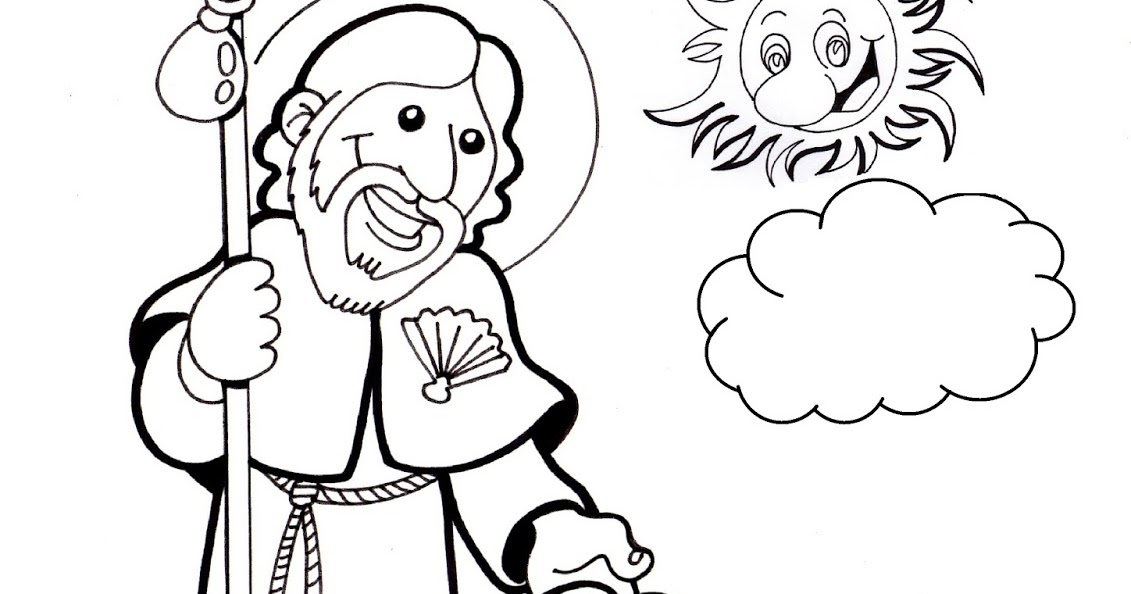 nine0007
nine0007
A few hours after the last medical report, on April 13, 2022, the news of the death of “El Colosso” was received. The noise was then turned off. It was inevitable to think of something else. Not one felt that something was breaking. More than one wept, grieved, plunged into pain, in grief that he had lost something with a subtlety of a sigh. Perhaps for my generation and those who followed it, the tragic event did not resonate more, but for my parents and their parents, this wound is deep. nine0007
I first heard about Freddy Rincon because of my father. Football is the only language my old man and I understand each other, and from a very early age he taught me this. He told me about the millionaires and great players of that time, about Di Stefano and Pederner, about Gambet Estrada, Blessed Fajardo and old Willy, about Valderrama and Asprila, about Rincon and Madrid, Rincon and Naples, Rincon and Brazil. For me, he was the brightest player. I have never been able to see him play, not live, but from what my father told me and from videos, photos, interviews, I knew he was one of the greatest that he will always be.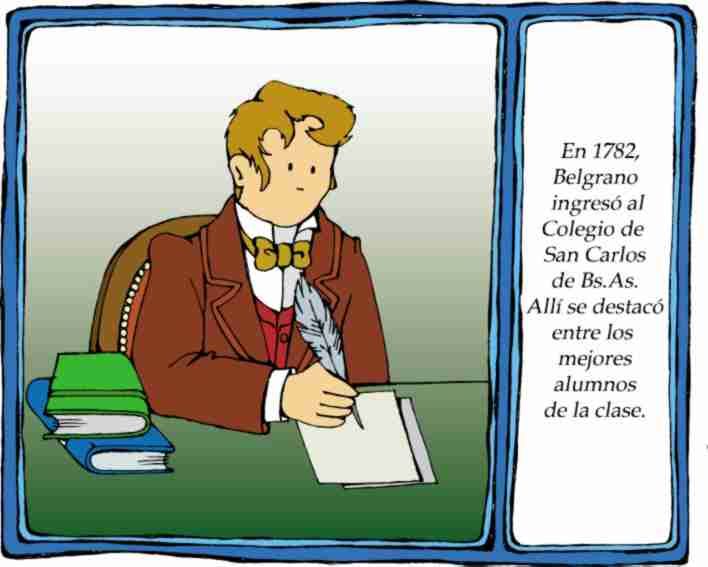 nine0007
nine0007
Everyone talks about the goal he scored against Germany, and of course there is no other that irritates the skin so much. This goal for the Colombians is similar to the goal of the Argentines, as Maradona is for the British. There is so much poetry in this moment, so much history. 32 years have passed, and chronicles, sketches, entire books are still being written about him. Eduardo Galeano once described it in a few words in his “ Football Sol and Sombra “:
Alberto Galvis in a chronicle that is part of his book Deportivas de Colombia , described it as the most important episode of Colombian football and quoted Francisco Maturana as saying at the time that Rincon’s goal was “a breath of faith and hope”. No one forgets the passionate story of William Vinasco. I think it is these emotions that end up affecting those of us who, years later, continue to watch videos with this wonderful purpose. “Columbia is coming, my God. Colombia is coming! I don’t think there is another story about the match that we have learned by heart, and there is not one such magnetism.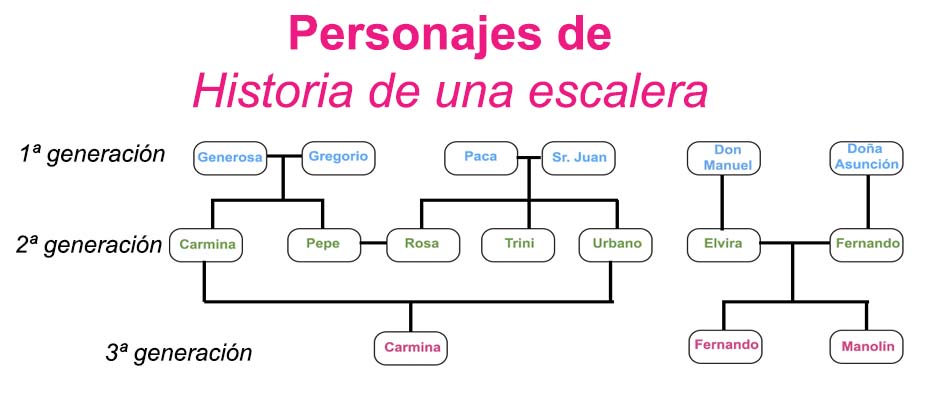 nine0007 Footballer Rincon takes a penalty kick for Colombia against West Germany at the 1990 World Cup. (Photo by Jean-Yves Ruszniewski/TempSport/Corbis/VCG via Getty Images)Jean-Yves Ruszniewski | Corbis/VCG via Getty Images
nine0007 Footballer Rincon takes a penalty kick for Colombia against West Germany at the 1990 World Cup. (Photo by Jean-Yves Ruszniewski/TempSport/Corbis/VCG via Getty Images)Jean-Yves Ruszniewski | Corbis/VCG via Getty Images
Rincón himself described his goal in Ruiz Bonilla’s book: “I remember the play. Leonel Alvarez recovers, who passes the ball to Fajardo, again receives Valderrama, who makes a deep pass so that I can get there and beat the German goalkeeper through my legs. Target! It was one of the happiest moments of my life.” nine0004 Not only his life, I’m sure, but many others. “That goal lifted the country,” my mother once told me, who, although not a footballer, appreciates great moments. “All the kids wanted to be like Freddie Rincon.” And, of course, who would not want to be like “El Colosso”, nicknamed after the journalist Mario Alfonso Escobar. The fact is that he was a brunette almost two meters tall, who ran like gazelles and scored goals with great coldness and strength, which reached the most important team in the world and won 10 against Pelé at Santos. nine0007
nine0007
Rincón was part of the so-called golden generation of our football. If you looked at the old World Cup albums, there was your photo. My uncle had them saved and I always looked up the Colombia page and there was a morocho who managed to play in three world cups with the national team and beat Argentina 5-0. Even if there were figurines with his face and dolls. Rincon was a superhero in the 90s and he will be for a long time because we haven’t figured out how to kill superheroes yet. nine0007
“El Colosso” started his football career with an amateur team from Buenaventura. The coaches of that time were not interested in getting there, so they had not been seen before. Wilson Diaz, who worked at customs, suggested that Rafael Pachon take some of the players to Bogotá to try them out. They chose four: Juan Reyes, Carlos Potes, Edison Cuero and Freddy Rincon. This is how it all began, although there were more than one stumbling block along the way. It was 1986. The player joined the inferior players of Independiente Santa Fe and played his first reserve matches there. He made his first team debut against Junior from Barranquilla under the command of Jorge Luis Pinto. nine0007 Freddy Rincón debutó como profesional en Independiente Santa Fe. Foto: @SantaFe
He made his first team debut against Junior from Barranquilla under the command of Jorge Luis Pinto. nine0007 Freddy Rincón debutó como profesional en Independiente Santa Fe. Foto: @SantaFe
In his first game, Rincón scored two goals. Then they realized that I was called to do great things. He won the title with the Cardinals in 1989 and that was enough. It was the first title the team won after 13 years of drought. Then they saw him from America Kali and he left. Instead of being part of the team, he decided to join the Red Devils when he returned to his homeland. In Bogota, I had to go through difficult episodes. He arrived to be led by Gabriel Ochoa Uribe and surprised in the Copa Libertadores at 92 years, scoring several goals. Boca Juniors from Argentina then asked about him, but it was from Brazil that the most specific offer came. He ended up joining Palmeiras the year I was born, the same year that Colombia played the US World Cup and Andres Escobar was killed.
His fast and stylized play allowed him to surprise and quickly fit into Brazilian football, where he would spend several years and return several times throughout his career.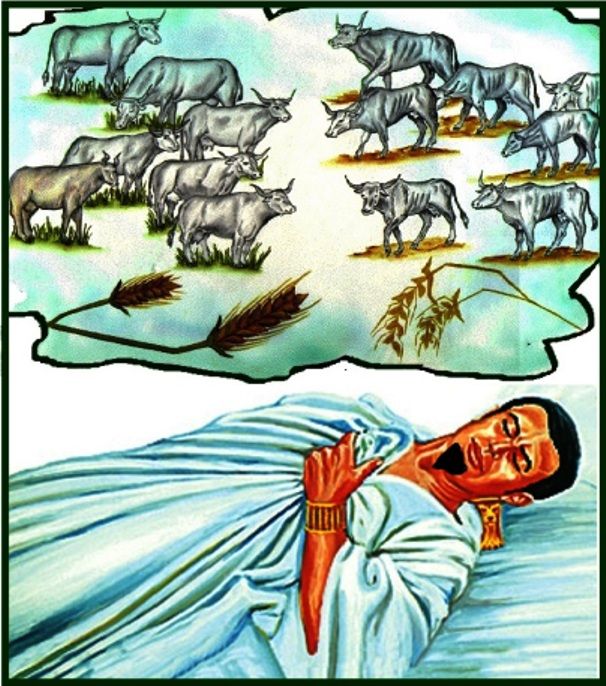 Together with Palmeiras, he won two titles and became the first Colombian player to score in a Brazilian tournament. His time at the club did not last long, but it was enough to leave his name printed in his history. Then came the dream of playing in Europe. Freddy Rincon has been signed by Napoli, the legendary team that has achieved everything with Diego Armando Maradona as their main reference. nine0007 Freddy Rincón anotó siete goles en su paso por el Napoli. Foto: @freddyrinconoficial
Together with Palmeiras, he won two titles and became the first Colombian player to score in a Brazilian tournament. His time at the club did not last long, but it was enough to leave his name printed in his history. Then came the dream of playing in Europe. Freddy Rincon has been signed by Napoli, the legendary team that has achieved everything with Diego Armando Maradona as their main reference. nine0007 Freddy Rincón anotó siete goles en su paso por el Napoli. Foto: @freddyrinconoficial
It’s a pity that Rincon couldn’t succeed in Italy as expected. However, his good football, regardless of the obstacles, ended up being imposed more than once, and this made it possible to watch him from Spain. In Serie A, the Colombian has played 27 games and scored 7 goals. He didn’t win a single title and his relationship with the fans wasn’t the best. Several episodes of racism eventually forced him to gradually move away from the team and the city. As a lifeguard, Real Madrid’s offer has come in. nine0007
nine0007
His appearances in Calcio attracted meringue interest. It was Jorge Valdano who proposed to the board of the white club to sign him. In 1995, Freddy Eusebio Rincón became the first Colombian to wear the Real Madrid shirt. He also became the first national footballer to take part in the Champions League. At first it seemed that his arrival was ready for everything to turn out, but he did not manage to adapt easily to Spanish football, and due to the poor performance of the team, the coach Valdano entrusted to him was fired. With the arrival of Arsenio Iglesias Pardo to the technical leadership, the Colombian realized that his time at the Spanish club was coming to an end. He took part in only 21 matches and scored 1 goal. nine0007 Freddy Rincón, el primer colombiano en vestir la camiseta del Real Madrid
In mid-1996 he returned to Brazil and after a short time in Palmeiras signed with Corinthians, the team where he is fondly remembered today. He won several titles including the Club World Cup and was captain for several years.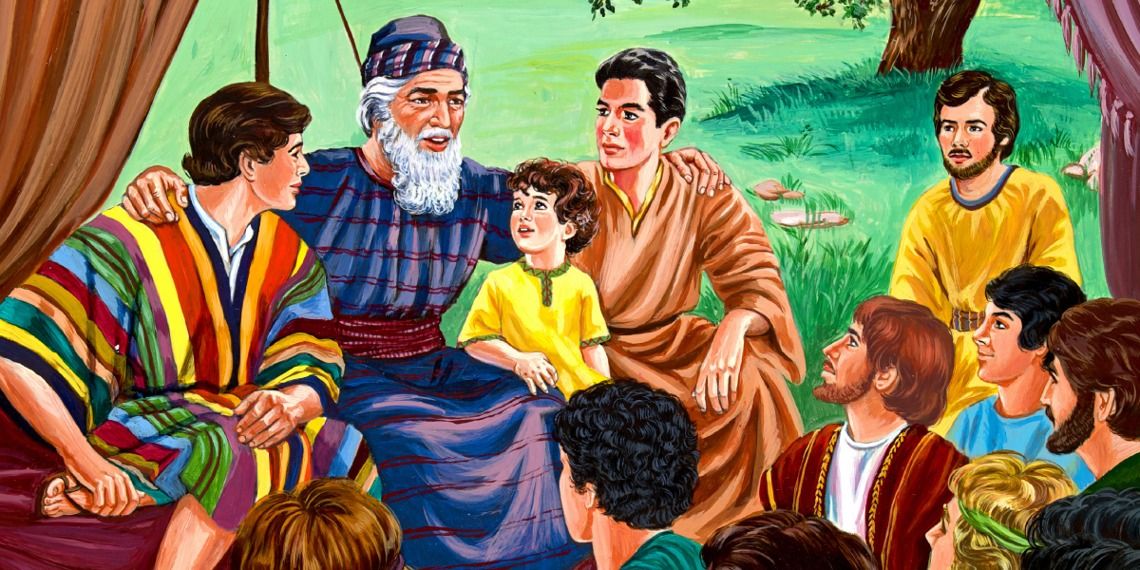 In 2000, he went to Santos and has been there for some time. In 2001, he joined Cruzeiro and, amid controversy over bad business off the court, was with the team until 2004, when he returned to Corinthians and ended his sports career there. nine0007
In 2000, he went to Santos and has been there for some time. In 2001, he joined Cruzeiro and, amid controversy over bad business off the court, was with the team until 2004, when he returned to Corinthians and ended his sports career there. nine0007
Rincon’s business in Brazil was so good that in the years after his time in European football, Lorenzo Sanz, president of Real Madrid, traveled to Brazil in the spirit of watching players who might join the white team, but returned without making any offers , saying that there is no doubt that the best player in the league was Freddy Rincon and he was already on the team. What would happen if the Colombian did a second meringue cycle? I would be a fan of Madrid more than today. It’s a pity that time itself was turned against him, as if it were divine punishment. As if the gods are jealous. nine0007 163
Rincón is remembered for having participated in some of the most important episodes of Colombian football, but it is interesting to remember him as the person who caused the most emotions in the country with his existence, who made me shudder even though I saw him on a tape that lasted for years .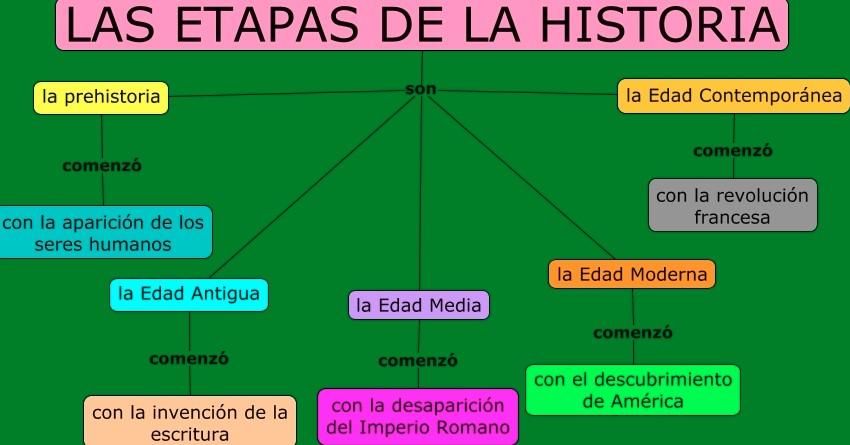 He died, but only in body. Rincón was and always will be one of those winged people who were sent to earth to balance the lives of us worldly people. His way of running across the field, carrying the ball by his feet, was the dance of a fallen angel condemned to face men who did not deserve the pleasure of his presence. Rincon was the joy of the country, its sorrow and pain. nine0003 It was ups and downs, a dream and a nightmare. This is a legend of those times when they talked about life that arose at the ball, and it was beautiful, like poetry.
He died, but only in body. Rincón was and always will be one of those winged people who were sent to earth to balance the lives of us worldly people. His way of running across the field, carrying the ball by his feet, was the dance of a fallen angel condemned to face men who did not deserve the pleasure of his presence. Rincon was the joy of the country, its sorrow and pain. nine0003 It was ups and downs, a dream and a nightmare. This is a legend of those times when they talked about life that arose at the ball, and it was beautiful, like poetry.
This is the story of my father, the story of the Colossus of Bonaventure.
Continue to read:
Last voyage of Usuriag El Palomo
Andres Escobaru, Gentleman of Football, this week would be 55 years old
90,000 the story of the legendary ball, which Freddy Rincon clogged 1-1-1-1 against Germany, and this is in Armenia
“Great goal by Freddie Rincon, so God is Colombian. That’s why it happens, because God is a Colombian “, said Edgar Perea on June 19, 1990, when the last game was in progress and Carlos Valderrama made that pass that broke the German defense, in the best style of Barcelona “Pepa” Guardiola, who left Freddie Eusebio Rincon Valencia is head to head with Bodo Illgner, spotting between the legs of this one.
That’s why it happens, because God is a Colombian “, said Edgar Perea on June 19, 1990, when the last game was in progress and Carlos Valderrama made that pass that broke the German defense, in the best style of Barcelona “Pepa” Guardiola, who left Freddie Eusebio Rincon Valencia is head to head with Bodo Illgner, spotting between the legs of this one.
After being hit, the ball entered the goal permanently, as if asking for permission; but once at the back of the gate, the eleven players and the whole country had no choice but to celebrate. It doesn’t matter that today is Tuesday, not to mention the critical violence that took place on the streets; the joy for these people was more than necessary, and this skin, struck by the Colossus of Buenaventura, united Colombia in one cry, the very one that this iconic storyteller released. nine0003 With lungs and heart in hand.
When Pierre Libarsky opened the scoring for the federal Germany, Pacho Maturana ordered Ruben Dario Hernandez and Arnoldo Iguaran, the strikers, to warm up.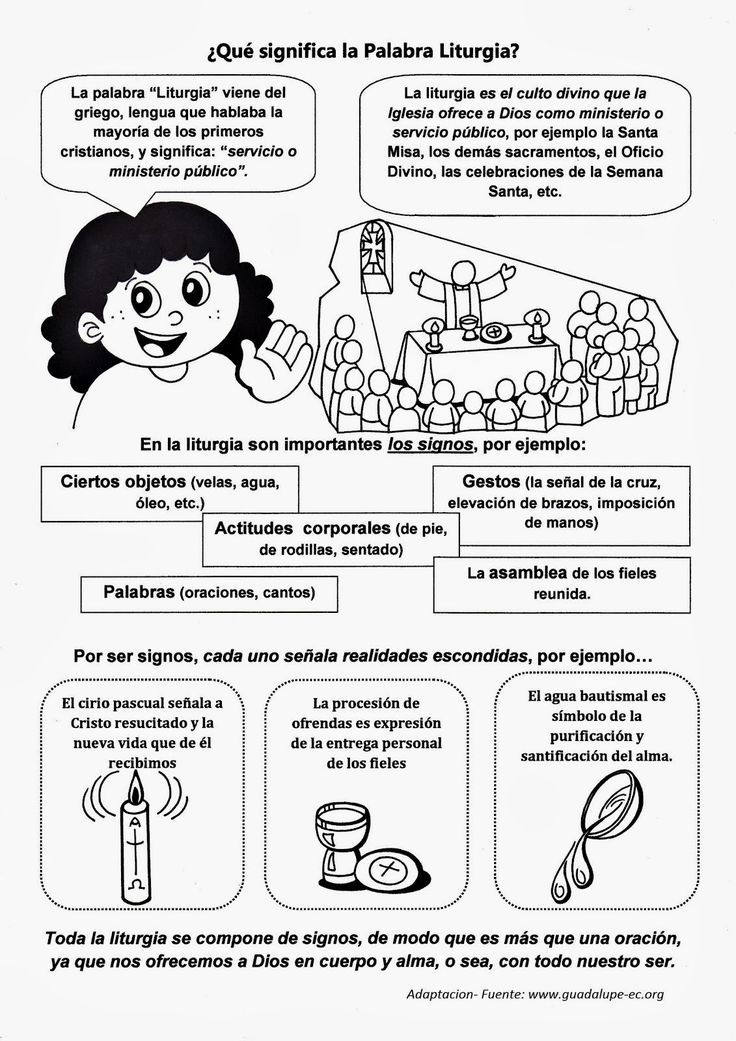 He burned his last rounds, but while they were close to the corner kick pennant doing his pre-competition exercises, since Giuseppe Meazza has no athletic track, a miracle happened at the feet of the Vallecaucano.
He burned his last rounds, but while they were close to the corner kick pennant doing his pre-competition exercises, since Giuseppe Meazza has no athletic track, a miracle happened at the feet of the Vallecaucano.
Anger and helplessness gripped the German goalkeeper, who was playing at Cologne at the time, to such an extent that he kicked the ball (yes, the one that slipped between his legs), crashed into the net and jumped very close to where Hernandez was, who grabbed him and sat down with him. After jubilation, they resumed the duel with the next ball. The one that Ruben Dario had was already historical.
You may be interested in: Oscar Ruggieri’s reaction to the news of a serious accident in which Freddie Rincon was injured
No one remembered “ Etrusco Unico ” more than the striker who went through Independiente Medellin, ” Onse Caldas, Atlético Nacional and other local league teams; but in the locker room, Rincón asked him to do it.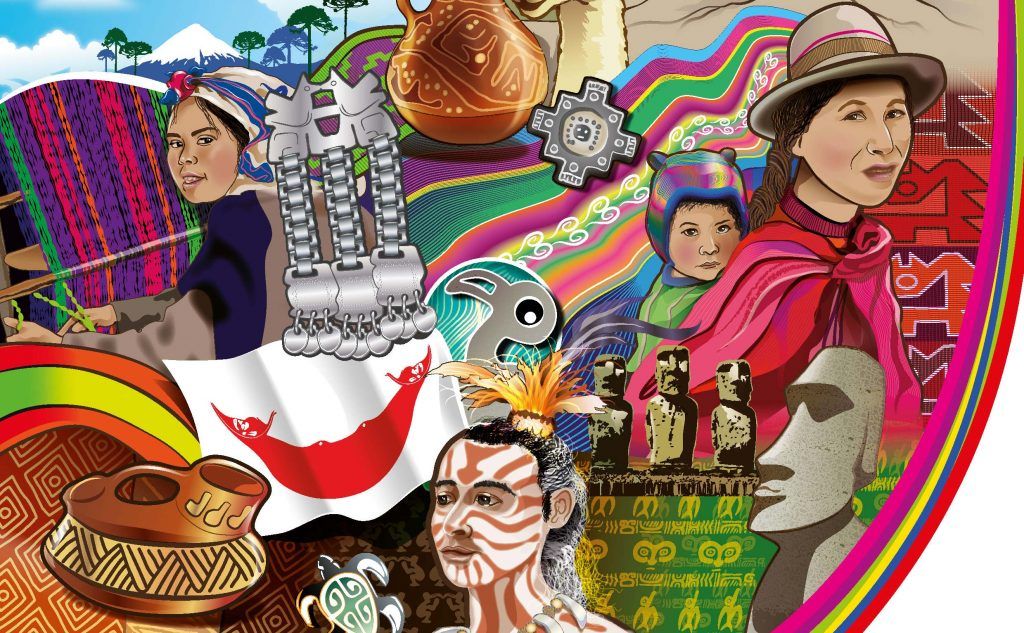 Ruben Dario, no fool, didn’t want to to give it to him, and when they arrived in the country, he asked his father to leave him, as if it were the same World Cup , the one that Germany won.
Ruben Dario, no fool, didn’t want to to give it to him, and when they arrived in the country, he asked his father to leave him, as if it were the same World Cup , the one that Germany won.
This ball was kept until don Ramon Hernandez himself gave it to him, and he knew that the ball was so important that he could not keep it in a closed space without anyone watching it. He had to put it elsewhere, so he donated it to a museum in the Colombian city of Milagro.
The Quindiano Sports Museum is lucky to preserve the blessed skin, the one that went through the legs of the Blessed Fajardo for El Pibe Valderrama, this one for Freddie Rincon; Rincón para el Pibe and filters it to bring Buenos Averense head-to-head with the European goalkeeper. nine0007
Then did Freddie Eusebio take the ball? Indeed, he did, but at that time he did not want to keep it, but returned it to his former selection partner to give it to the museum as a historical work. It passed through Rincon’s legs, through Ilgner’s legs, and gently touched the web of the mythical Meazza.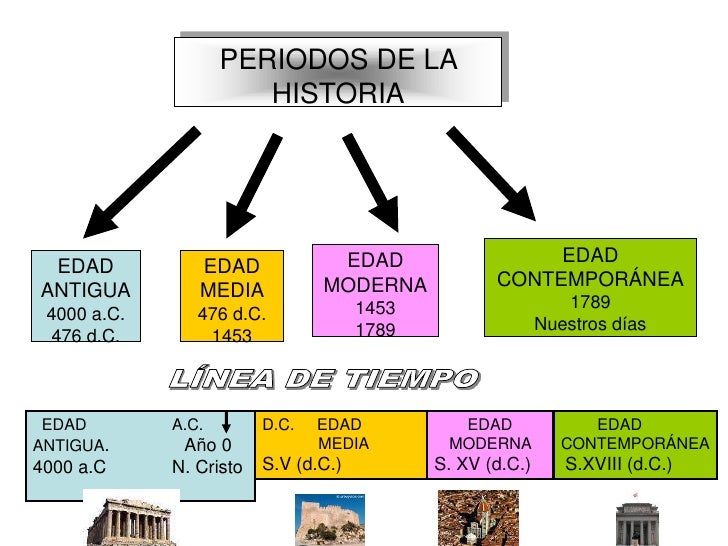
 E.U.U., Censo 2000.
E.U.U., Censo 2000.